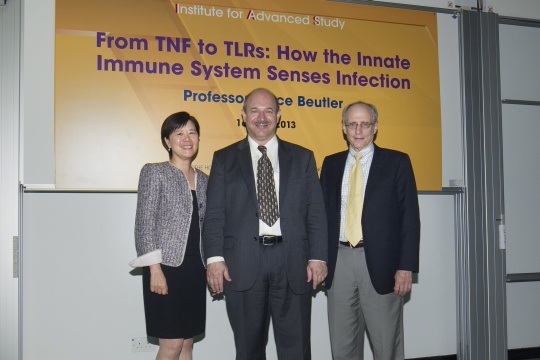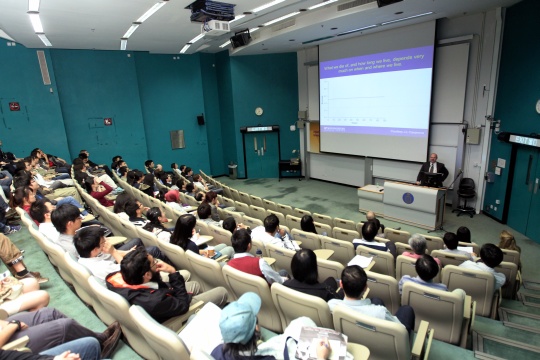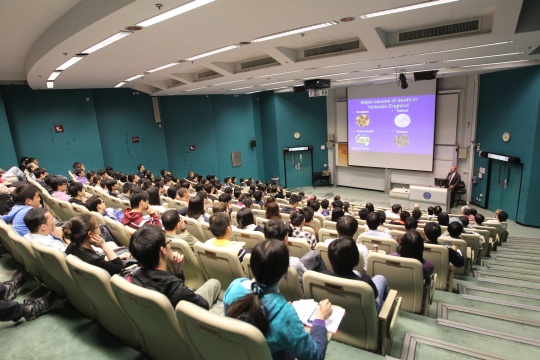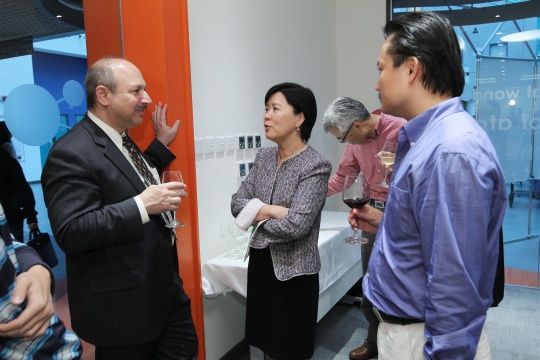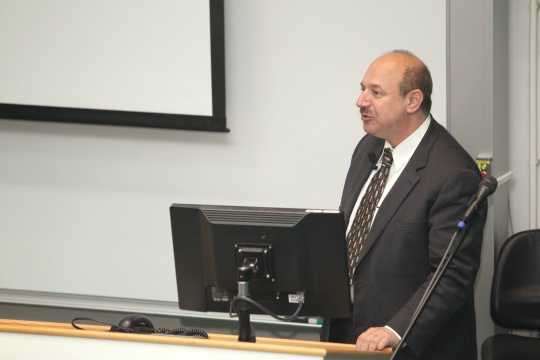From TNF to TLRs: How the Innate Immune System Senses Infection
Abstract
Infections comprise the strongest selective pressure operating on our species, and indeed, since multicellular life evolved, unicellular organisms have challenged their integrity. A system for discriminating self from non-self arose in pre-Cambrian times and was transmitted into all vertebrate lines, into some insects, and into some plants. The Toll-like receptors (TLRs) of mammals directly recognize conserved structures from bacteria, viruses, and fungi, initiating a powerful inflammatory response. The prototypic example was Toll-like receptor 4 (TLR4), which was found to be the membrane-spanning subunit of the receptor for lipopolysaccharide (LPS, once known as ‘endotoxin’). A total of 10 TLRs have been found to function in humans, each recognizing a specific subset of molecules of microbial origin. Moreover, the signaling pathways used by TLRs have been deciphered in considerable detail. If TLR signaling is abolished by mutations, a state of immunocompromise results, because immune responses are not initiated in a timely manner. However, under certain conditions, endogenous molecules may trigger TLR activation and cause sterile inflammatory or autoimmune diseases.
About the speaker
Prof. Bruce Beutler received his MD from University of Chicago in 1981. He was a postdoctoral fellow and then an Assistant Professor at Rockefeller University from 1983 to 1986. He was appointed Associate Professor and Professor at the University of Texas Southwestern Medical Center in 1990 and 1996. He became a Professor at the Scripps Research Institute in 2000 and was appointed Chairman of the Department of Genetics at the same institution in 2007. He is currently a Regental Professor and Director of the Center for Genetics of Host Defense at the University of Texas Southwestern Medical Center, and also the Raymond and Ellen Willie Distinguished Chair in Cancer Research in honor of Laverne and Raymond Willie, Sr.
Prof. Beutler was the first to recognize tumor necrosis factor (TNF) as a key executor of the inflammatory response. When he was an investigator at Howard Hughes Medical Institute, he designed recombinant inhibitors of TNF that are widely used in the treatment of rheumatoid arthritis and other inflammatory diseases. He also used TNF as a biological endpoint in order to identify the receptor for bacterial lipopolysaccharide (LPS). This he achieved by positionally cloning the LPS mutation of mice, known to prevent all biological responses to LPS, including TNF production. He thus concluded that Toll-like receptor 4 (TLR4) acts as the signaling core of the LPS receptor and proposed that other TLRs might also recognize conserved molecular signatures of infection. Moving in 2000 to the Scripps Research Institute, Prof Beutler developed the largest mouse mutagenesis program in the world, and applied a forward genetic approach to decipher the signaling pathways activated by TLRs. He also identified many other molecules with non-redundant function in the immune response. He has authored or co-authored more than 300 papers, which have been cited more than 46,000 times.
In 2011, Prof. Beutler was awarded the Nobel Prize in Physiology or Medicine and the Shaw Prize in Life Science and Medicine. He is a Member of the US National Academy of Sciences and the Institute of Medicine.

